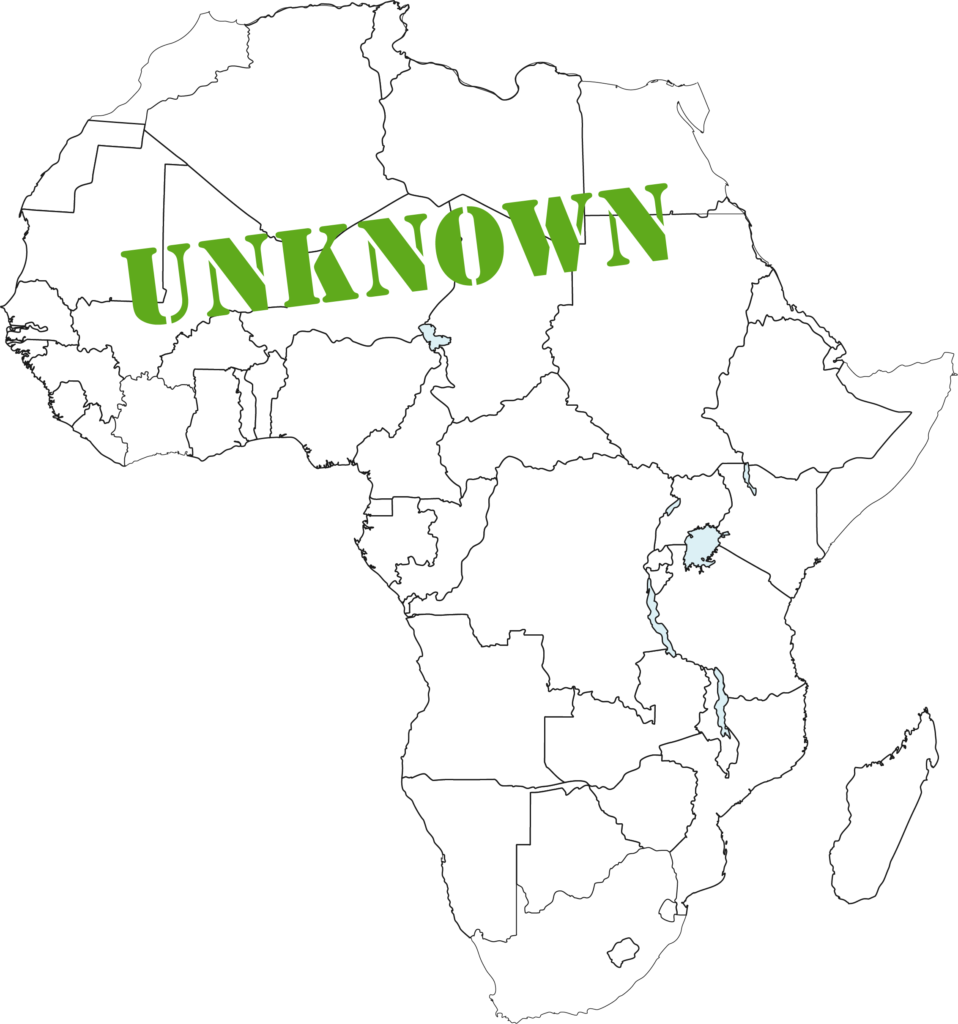
- 0
- 1
- 2
- ,
- 0
- 1
- 2
- 3
- 4
- 5
- 6
- 7
- 8
- 0
- 1
- 0
- ,
- 0
- 0
- 0
The HIV epidemic in Jamaica is concentred among key populations which include female sex workers, men who have sex with men, the homeless, and inmates. Cross sectional studies show higher HIV prevalence in key populations such as men who have sex with men at 32.8%, female sex workers at 4.1%, and street based sex workers at 7%. The Jamaican Ministry of Health’s surveillance data also shows that the prevalence of HIV among other vulnerable populations such as homeless/drug users is 4% and 2.5% among inmates.
-MIGRANT POPULATIONS
MIGRANT POPULATIONS
AND HIV
- 0
- 1
- 2
- 0
- 1
- 2
- 3
- ,
- 0
- 1
- 2
- 3
- 4
- 5
- 6
- 7
- 0
- 1
- 2
- 3
- 4
- 5
- 6
- 0
- 1
- U
- n
- k
- n
- o
- w
- n
- U
- n
- k
- n
- o
- w
- n
- U
- n
- k
- n
- o
- w
- n
TOP 5 AFRICAN COUNTRIES
OF ORIGIN FOR MIGRANTS IN JAMAICA
- 1. Unknown: ?
- 2. Unknown: ?
- 3. Unknown: ?
- 4. Unknown: ?
- 5. Unknown: ?
-TOTAL POPULATION
PEOPLE LIVING WITH HIV
- 0
- 1
- 2
- 3
- 0
- ,
- 0
- 1
- 2
- 0
- 1
- 2
- 3
- 4
- 5
- 6
- 0
- 1
- 2
- 3
- 4
- 5
NEW INFECTIONS
- 0
- 1
- 2
- ,
- 0
- 1
- 2
- 3
- 4
- 5
- 0
- 0
HIV TREATMENT CASCADE
KEY AND AFFECTED POPULATIONS
32% of new infections
The key populations highlighted often overlap further complicating the epidemic. A survey on HIV prevalence in Jamaica reported that 41% of men who have sex with men reported having received or paid cash for sex was 41%. A further 15% of men who have sex with men surveyed reported being homeless. Age was also identified as an underlying determinant for contracting HIV. The prevalence of HIV among young men (age 15-24) who have sex with men was 35.7%.
11% of new diagnoses
A survey on HIV prevalence in Jamaica reported that 20.2% of female sex workers aged 15-24 had STIs (gonorrhoea, chlamydia or syphilis) compared to 15% among older female sex workers.
HEALTH
While all countries featured in the HIV and migration profiles have a large influx of migrants, Jamaica is the only country featured where almost half the population of Jamaica is living and working abroad in countries such as Canada, the United Kingdom and the United States. Outward migration (emigration) continues to affect Jamaica’s population growth and structure. While many Jamaicans living abroad support their families through their earnings (remittances), migration can undermine the country’s ability to achieve sustainable development.
Less than 1 % of Jamaica’s population are immigrants. Immigrants in Jamaica tend to have high educations levels, and most do not remain in Jamaica for the long-term. Other groups coming to Jamaica include returning nationals, of which a large numbers are deportees from the United States and the United Kingdom.
Jamaica is regarded as a transit point for migrants, including asylum seekers, trying to reach the United States. Jamaica has hosted asylum seekers from Cuba, Haiti and other countries. There is no data on the number of sub-Saharan African migrants in Jamaica however, the total number of migrants living in Jamaica is currently 23,167.3.
Jamaica has made good progress towards meeting the Millennium Development Goals and is on track for combating HIV/AIDS. The HIV epidemic, however, continues to be concentrated among key populations such as sex workers and men who have sex with men. 5 Women and girls are also increasingly being infected with HIV. Girls in the 15-19 age group are three times more likely to be infected with the virus than young men in the same age group.
Although Jamaica has a publicly-funded health care and system with access to free prescription drugs and health care services at government hospitals and clinics for all citizens and ‘legal’ residents, poverty, stigma, discrimination and gender inequity, particularly in relation to key populations affected by HIV, prevents access to relevant health information and services.
Outward migration (emigration) has had a direct impact on the availability of health and human resources. Almost half of the total population of Jamaicans live abroad in the United States, the United Kingdom and Canada. It is estimated that 80% of Jamaicans with post-secondary education living outside of Jamaica were trained in Jamaica. The emigration of skilled people has had a significant impact on the workforce, especially in the social sectors such as health and education where there is a shortage of qualified nurses and teachers.
It is estimated that 8% of Jamaican registered nurses and 20% of Jamaican specialist nurses move mostly to Canada, the United States and the United Kingdom annually. The United States has a nurse to population ratio of 97.2 nurses per 10,000 people whereas Jamaica only has 11.3 nurses per 10,000 people. Jamaica also has very low physician density with just 4.1 physicians per 10,000 people.
In addition to the limited health workforce in Jamaica, limited health infrastructure continues to impact the availability and quality of health care. Every parish in Jamaica has a small hospital, however comprehensive emergency care is only available in Kingston and Montego Bay (urban cities). Emergency services are only available in limited quality and quantity outside of larger urban centres.
POLICY
The main drivers of the HIV epidemic in Jamaica are associated with poverty, the slow rate of economic growth, high levels of unemployment, low academic achievement, early sexual debut, multiple partnerships, and transactional and commercial sex.
16.5% of Jamaicans live in poverty and inequality has risen. This has heighted vulnerabilities among most at-risk populations which include women and young people. The unemployment rate in Jamaica is 14.8 % among women and 8.6 % among men. Policy interventions aimed at alleviating poverty and reducing high levels of unemployment could help to reduce inequities and stop the transmission of HIV.
In addition, policy interventions should be developed to address systemic issues such as inadequate health and physical infrastructure as well as inadequate human resources (as a result of the emigration).
Jamaica’s immigration and emigration continue to affect the population structure and growth. The migration of Jamaican trained nurses has had a significant impact on health and human resources available. Jamaica has a very low nurse to population and physician to population ratio (11.3 nurses per 10,000 people and 4.1 physicians per 10,000 people). Migrants in Jamaica represent less than 1 % of the total population and are generally educated. Migrants to Jamaica typically spend short periods of time in Jamaica, likely on work permits.
The current migration trends in Jamaica have a major impact on human resource capacity and quality of the labour force. High levels of migration of Jamaican trained nurses have had a negative effect on the health labour force. Immigration into Jamaica has been used as an ad hoc measure to fill vacancies in the labour force. Given that migration has had a profound impact on the health and labour sphere in Jamaica, a more coherent approach to labour force planning should be implemented.
THE RESPONSE
Although Jamaica is on track for combating HIV/AIDS as part of the Millennium Development Goals, access to HIV treatment continues to be a major challenge. UNAIDS has set an ambitious treatment target, commonly known as the 90-90-90 treatment target, to help end the HIV/AIDS epidemic. The goal is that by 2020, 90% of people living with HIV will know their statues, be on antiretroviral therapy and have viral suppression.
Jamaica’s current treatment numbers are 75-35-43. That means that in Jamaica, 75% of the adults living with HIV currently know their status, 35% of people living with HIV who know their status are receiving antiretroviral therapy, and 43% of them have achieved viral suppression. In order to meet the 2020 target date, significantly more investment will need to be made to increase testing for HIV and access to anti-retroviral treatment. Given that one-quarter of those infected with HIV do not know they have HIV, investments in education around protecting oneself from HIV, testing and treatment will need to be made.
An assessment that examined responses to challenges confronting key populations in the Caribbean, including men who have sex with men, revealed that although HIV prevalence was estimated to be very high among this group, countries in the Caribbean had instead chosen to focus almost solely on implementing interventions and programs aimed at the general population. Given that the HIV epidemic is characterized as a concentrated epidemic, programming should be targeted towards key populations to provide education, treatment and support to reduce HIV prevalence and incidence among men who have sex with men and sex workers.
Founded in 2002, the Global Fund is a partnership between governments, civil society, the private sector and people affected by AIDS, malaria and tuberculosis. The Global Fund raises and invests nearly US$4 billion a year to support programs run by local experts in countries and communities most in need.
Each implementing country establishes a national committee, or Country Coordinating Mechanism, to submit requests for funding on behalf of the entire country, and to oversee implementation once the request has become a signed grant. Country Coordinating Mechanisms include representatives of every sector involved in the response to the diseases.
HIV prevention efforts in Jamaica have been extremely robust over the past several years largely due to resources from the Global Fund – which finances over 90% of the national response. With the impending reduction in Global Fund resources due to Jamaica’s middle income classification, there are aggressive attempts by the government to ensure sustainability of the program.
-SOURCES
- http://caribbean.unfpa.org/public/Home/Countries/Jamaica
- http://www.pioj.gov.jm/Portals/0/Social_Sector/IOM-MigrationinJamaica2010_FINAL_311012.pdf
- http://www.iom.int/world-migration
- http://www.nationsencyclopedia.com/Americas/Jamaica-MIGRATION.html
- http://caribbean.unfpa.org/public/Home/Countries/Jamaica
- https://www.iom.int/countries/jamaica
- http://www.focal.ca/pdf/migration_Nurse_diaspora%20migration%20development%20Caribbean_September%202004_FPP-04-6.pdf
- https://www.cia.gov/library/publications/the-world-factbook/fields/2226.html
- https://www.internations.org/jamaica-expats/guide/living-in-jamaica-15737/healthcare-in-jamaica-3
- http://files.unaids.org/en/dataanalysis/knowyourresponse/countryprogressreports/2014countries/JAM_narrative_report_2014.pdf
- http://jnfpb.org/assets/Final-Policy-Document_July2015.pdf
- http://www.pioj.gov.jm/Portals/0/Social_Sector/IOM-MigrationinJamaica2010_FINAL_311012.pdf
- http://www.migrationpolicy.org/article/jamaica-diverse-beginning-diaspora-developed-world
- http://www.worldometers.info/world-population/jamaica-population/
- http://files.unaids.org/en/dataanalysis/knowyourresponse/countryprogressreports/2014countries/JAM_narrative_report_2014.pdf
- http://moh.gov.jm/wp-content/uploads/2015/03/Final-Epi-Update-2013-Revised.pdf
- http://www.cvccoalition.org/sites/default/files/Police%20Manual.pdf
- http://www.unaids.org/en/resources/documents/2017/20170720_Data_book_2017



